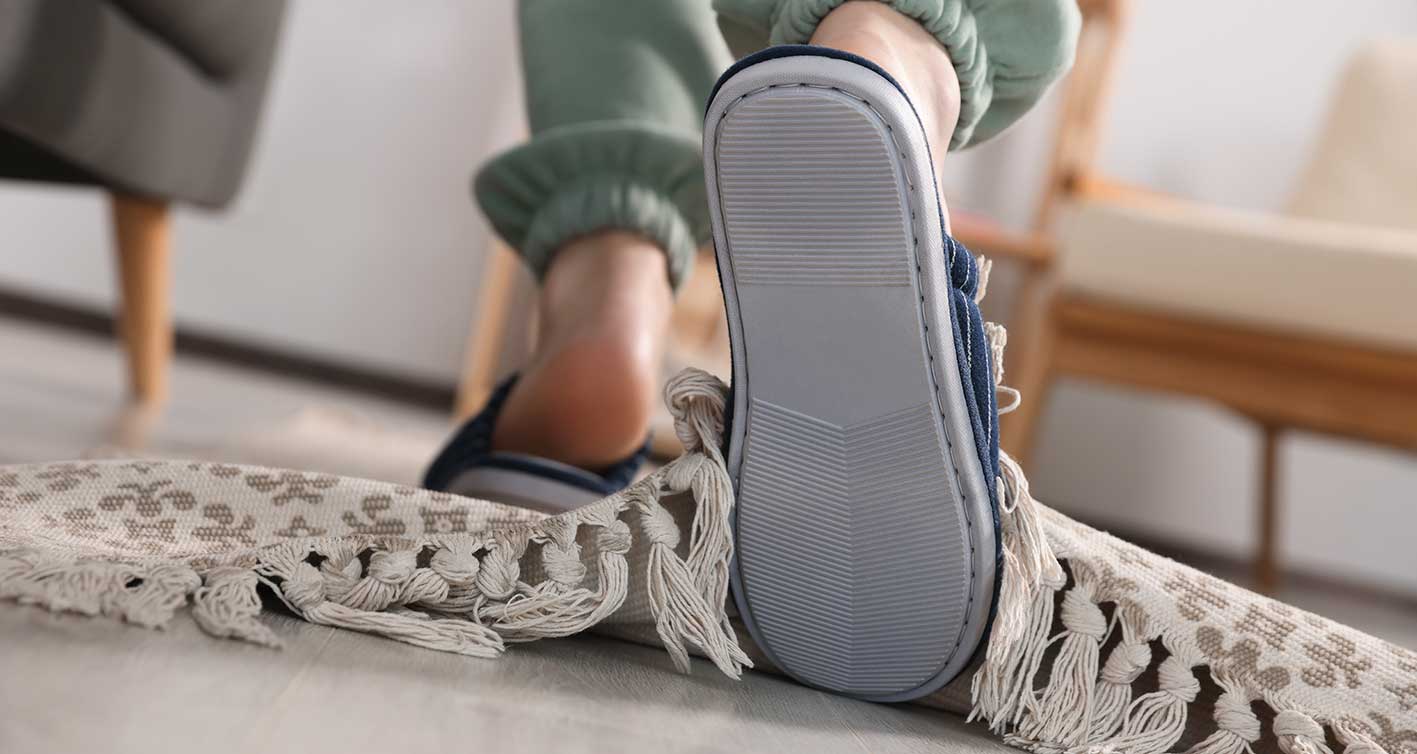 Foot drop is a relatively common condition that is not a disease on its own but instead manifests as a symptom of another problem with the body. The primary effect of foot drop is a difficulty with moving (especially lifting movements) of the front portion of the foot.
Foot drop is a relatively common condition that is not a disease on its own but instead manifests as a symptom of another problem with the body. The primary effect of foot drop is a difficulty with moving (especially lifting movements) of the front portion of the foot.
 |
| SDO® Original Sensory Dynamic Orthosis Sock in No. 10 Astronaut theme |
Such difficulty results in problems with walking and can severely affect the gait in many different ways: these include adopting a high step pattern of gait in compensation and dragging the foot along the ground. Over time, the muscles used in lifting the feet (dorsiflexion) can become weakened, exacerbating the problem. Tingling or numbness of the affected foot is sometimes experienced. In addition to causing movement issues, the symptoms of foot drop combine to put the patient at a high risk of falling due to stumbling and tripping.
The problems that cause foot drop are numerous and so the following list contains only the most common of these:
- Nerve Damage. Peripheral nerve damage, either to the sciatic nerve or any of the foot nerves, is an especially common cause of foot drop. Such nerve damage can occur in a wide variety of ways from injury and tumours to herniated discs and trauma following various types of surgery.
- Muscular Conditions. Foot drop is often caused by muscular conditions when these conditions affect the muscles in the lower part of the leg. Conditions that can lead to this result include multiple sclerosis, muscular dystrophy, polio and amyotrophic lateral sclerosis (commonly abbreviated to ALS).
- Brain or Spinal Cord Damage. When signals sent from the brain to the foot muscles are disrupted in some way, foot drop can occur. In addition to traumatic injuries to the spinal cord or brain, other conditions that can disrupt brain signals in this way include Parkinson's, motor neurone disease, cerebral palsy and stroke.
Effective solutions for Foot Drop
Treatment begins with first identifying and then treating the condition that caused the foot drop in the first place. When this condition is successfully treated, foot drop is usually eliminated as a result. Of course, many conditions that cause foot drop are difficult or impossible to cure and in these cases there are several treatment options to choose from such as functional electrical stimulation, physiotherapy and exercise. Surgery is usually used only as a last resort.
Wearing special socks that deliver targeted dynamic compression is another effective treatment in many cases of foot drop. The socks have been shown to assist dorsiflexion, improving both proprioception and the stability of the ankle while providing crucial support for over supination or pronation.
The SDO® Original sock from Medigarments Ltd, is part of the Sensory Dynamic Orthosis™ range of dynamic Lycra® garments and is ideal for use in many cases of foot drop. As a Class 1 medical device, the made-to-measure SDO® Original sock can be supplied with open or closed toes. A wide selection of options including silicone edgings, reinforcement panels and different zip placements to exactly suit each individual patient are available when ordering.
Dynamic compression socks can also be supplied as ready-to-wear garments from our SDO® Lite range to aid clinicians in making the decision whether SDO® Original socks will be suitable for a particular patient.
Please browse the Medigarments Ltd website for further information about dynamic Lycra® socks from our leading SDO® Original and SDO® Lite collections.
If you would like to see our weekly article in your social feed, please follow us on LinkedIn, Facebook, and Instagram. For company news and article updates, please subscribe to our monthly newsletter and If you have any questions or need expert advice, you can get in touch with a member of our dedicated clinical team who will be more than happy to assist.
The World of SDO® Sensory Dynamic Orthosis™ range of dynamic Lycra® compression garments by Medigarments Ltd. SDO® and Sensory Dynamic Orthosis™ are trademarks of Medigarments Ltd.

